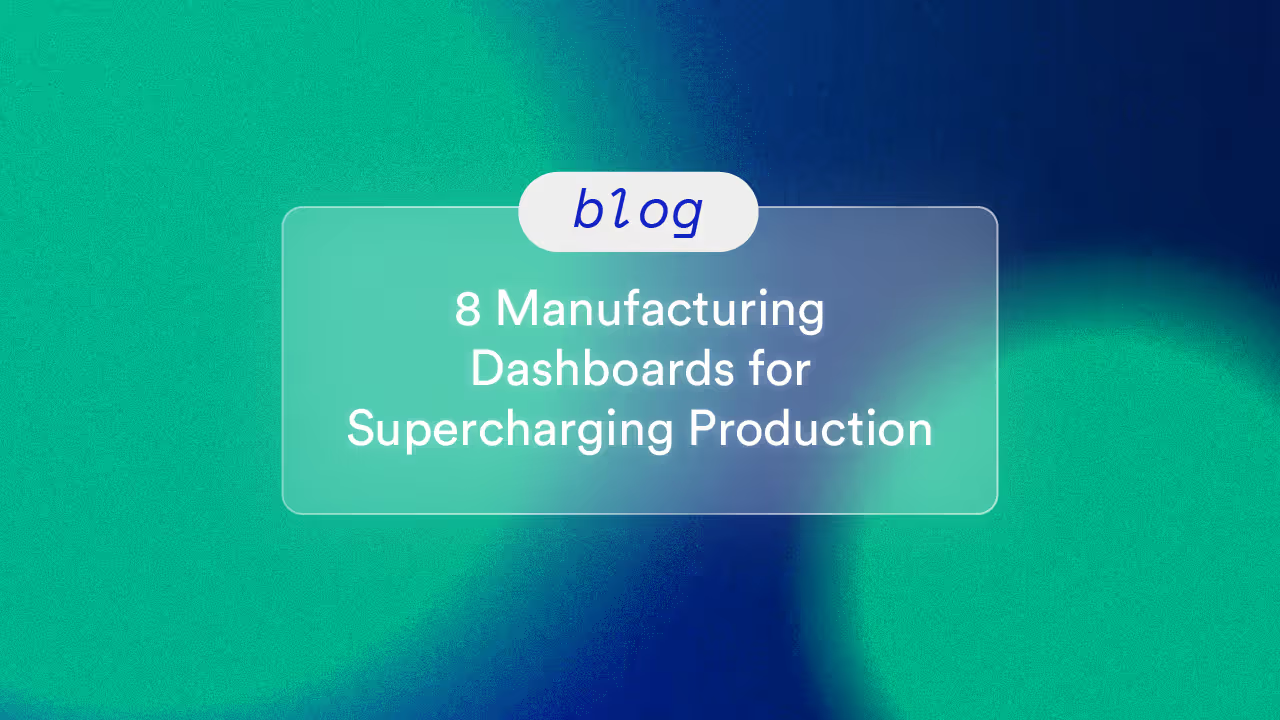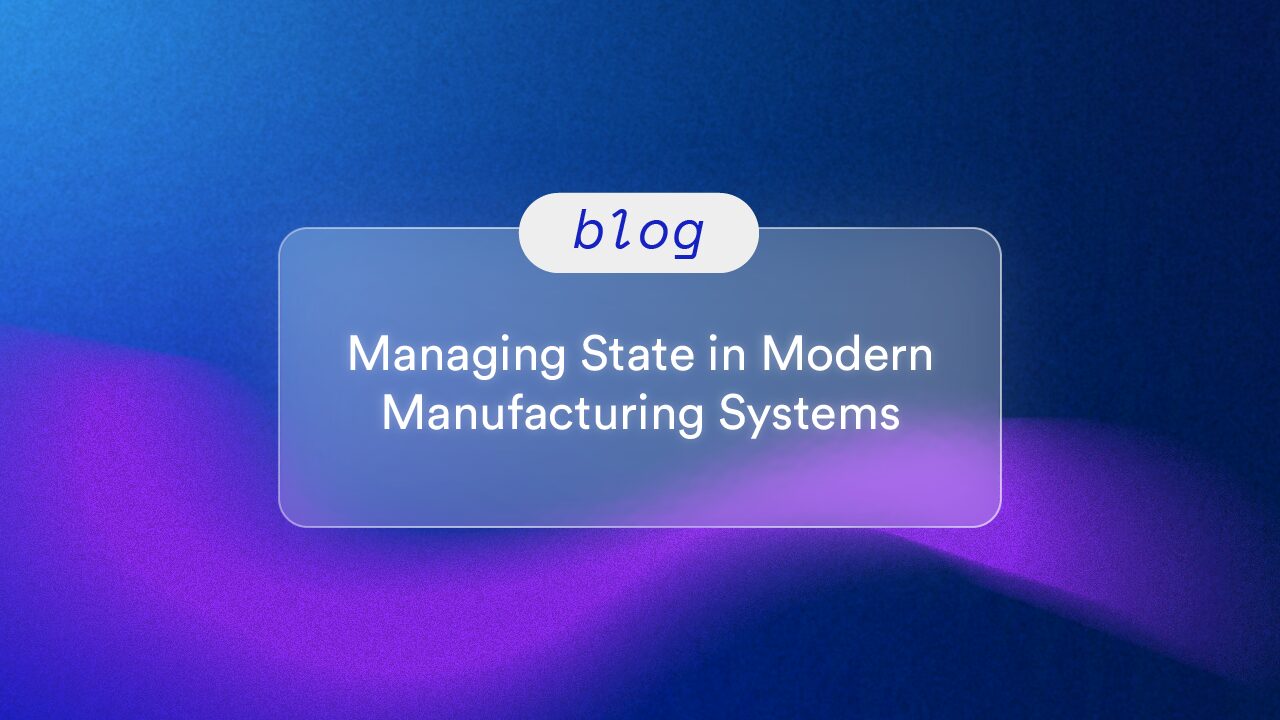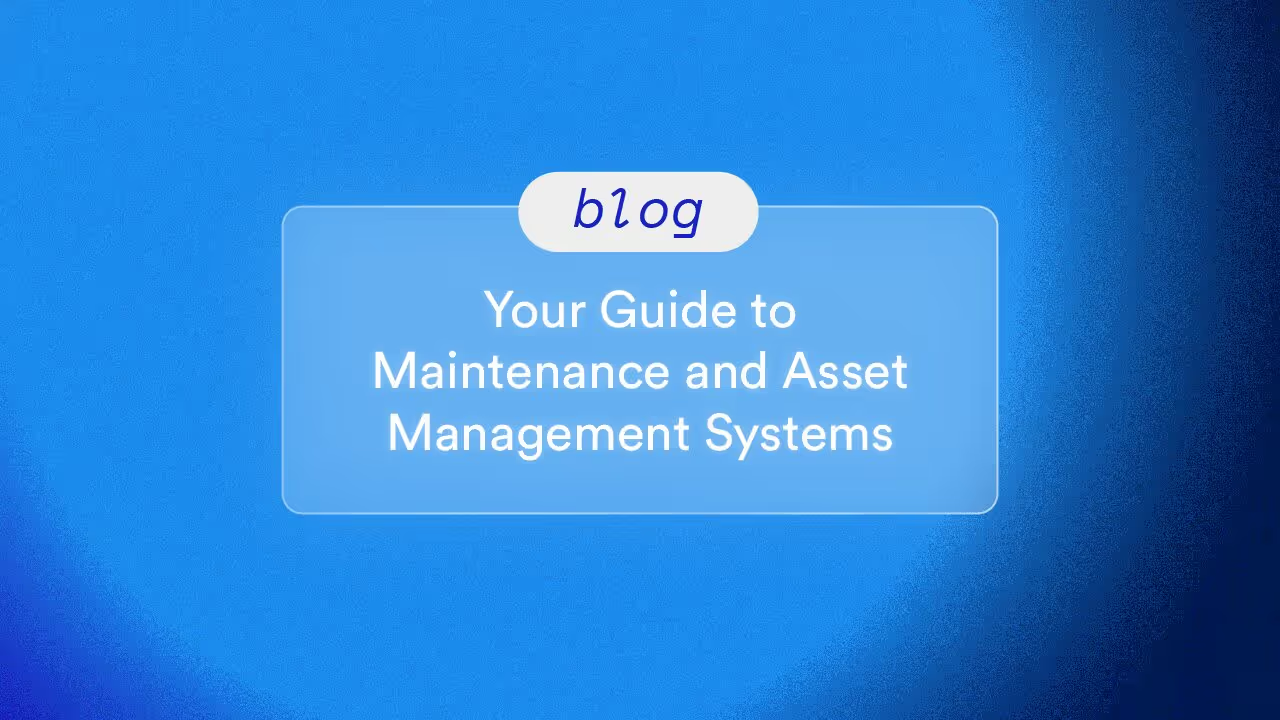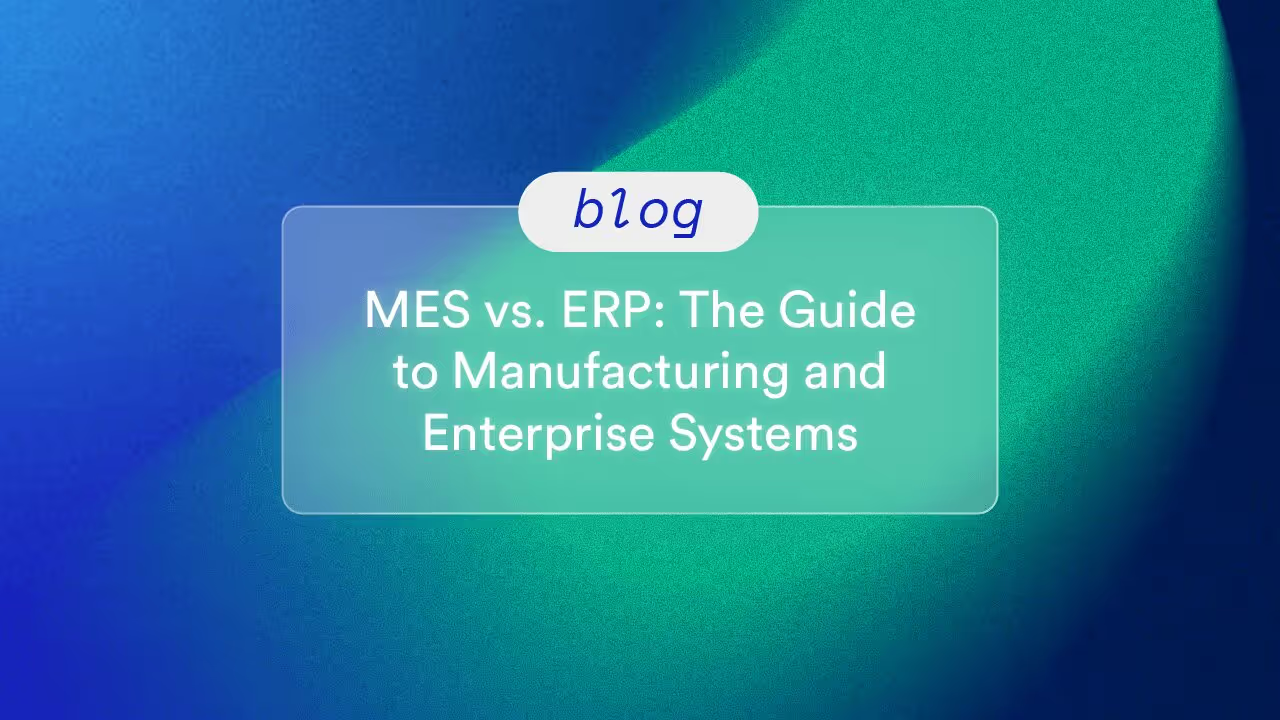Producing quality finished goods is no small feat. At a time when the price and availability of raw materials are continuing to rise, manufacturers across industries are consistently seeking to uplevel their production operations to reduce waste, maximize yield, and streamline their budgets. As part of their efficiency-seeking process, businesses may benefit from establishing their economic order quality (EOQ). This cash flow tool can help companies right-size their materials orders to mitigate over and under-stocking.
That said, calculating EOQ can prove challenging. Getting an accurate metric requires businesses to have comprehensive visibility into their production operations, market conditions, and consumer needs–—something many manufacturers say is still out of reach. Fortunately, TrakSYS is here to help.
Back to Basics: Defining EOQ
Economic order quality (EOQ) is a calculation that helps manufacturers balance ordering and holding costs by defining the ideal order size of each raw material for their circumstances. In doing so, companies can minimize their overall inventory management costs.
Inventory management spending is broken down into two categories:
- Ordering costs are the fixed expenses associated with making any given material order. Critically, these are not the cost of the materials. They’re the additional expenses that accompany each shipment—like shipping, labor, or inspection fees. However, if volume affects material prices, additional costs per unit may be considered in this category.
- Holding costs are the expenses associated with storing materials, like leasing a facility, utility costs, losses due to damage, and insurance fees. These are considered on a per-unit, per-year basis.
These two sets of costs are intrinsically linked; as one goes up, the other tends to go down. However, trying to minimize one or the other can lead to further losses. Over-ordering materials can lead to product obsolescence or—for perishable or delicate materials—spoilage or damage. Under-ordering, on the other hand, can lead to lost sales and stockouts.

Benefits of Using EOQ
EOQ aims to find the optimal balance between these two variables, helping manufacturers minimize the overall costs of operations. It allows managers to consider supply management costs holistically and on an annual scale rather than as discrete, recurrent line items.
This approach cuts costs by:
- Reducing the annual number of orders. Each shipment comes with fixed costs, as noted above. EOQ helps manufacturers reduce the frequency of orders, bringing down the associated costs.
- Minimizing holding costs. The more excess inventory a facility has, the more it costs to store, preserve, and protect it. EOQ gives manufacturers a clearer picture of what they need to have on hand at any given time to cut waste in storage.
- Improving inventory efficiency. In addition to driving up storage-related costs, having excess stock can make it harder to track and locate materials, which is not only inefficient from a time perspective, but can also see older stock get lost or forgotten about.
- Streamlining supply chain processes. When manufacturers know exactly what they need and when they need it, it’s easier to plan ahead. EOQ helps manufacturers optimize their ordering patterns, anticipate shortages, and plan for supply chain issues more effectively.
The EOQ Formula
The formula for EOQ is:
√(2 * Annual Demand * Annual Ordering Costs / Annual Holding Costs)
Let’s break down the variables:
- Annual demand represents how much of the material the facility uses in a given year to meet customers’ demand for the product. To calculate it, multiply the amount of the material used for each produced unit by the number of units sold in the year.
- Annual ordering costs represent the fixed costs associated with ordering the product each year. To find it, multiply the cost of each shipment by the number of orders you need to make each year to meet demand.
- Annual holding costs: the price per unit, per year, for holding inventory
Now for the rest of the equation:
- Multiplying by 2: The “2” at the beginning of the equation represents the 2 constants (ordering cost and holding cost).is simply a constant multiplier, that allows us to take the square root of a single value.
- Square root: The square root operation plays a crucial role in the equation. The formula calculates the square root of the product of demand and order cost, divided by the holding cost. This creates a mathematical relationship where:
- Higher demand or order costs increase the EOQ, encouraging larger orders to spread the ordering costs over more units.
- Higher holding costs push the EOQ in the opposite direction, favoring smaller orders to minimize the financial burden of holding more inventory.
It also prevents negative results, since the number of orders cannot be negative!
EOQ Calculator
TrakSYS: Simplifying EOQ With Automation
EOQ is a powerful optimization tool, but its benefits directly correlate with the accuracy of the business’ knowledge of their operational costs and annual demand. If, like 42% of North American manufacturers, you’re still collecting data using non-digital methods, your understanding of those variables may not reflect the reality of your operations.
Investing in a Manufacturing Execution System (MES), like TrakSYS™, can help businesses automate their data collection to ensure they accurately reflect real-time conditions. MES platforms centralize data into a singular record, improving material tracking, storage intelligence, production performance, schedule optimization, and more. With all of that information, TrakSYS enables businesses to accurately calculate their EOQ.
If you’re ready to improve your inventory management, leverage EOQ to refine sourcing, and learn about the comprehensive benefits of end-to-end digitalization, get in touch with us today.
FAQs
Related Blog Posts


Let’s Build Your Plan
We’ll help you create the right configuration—today and for the future.













